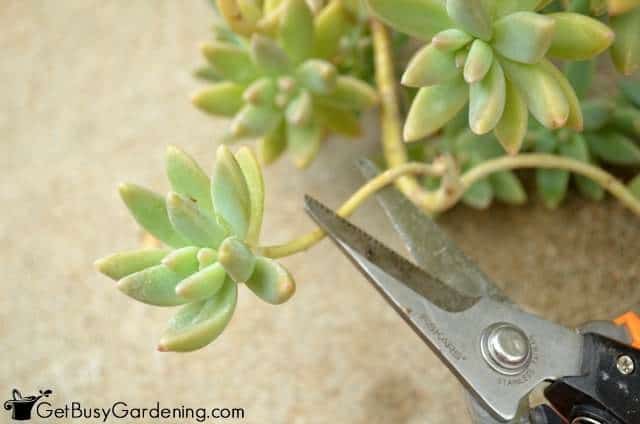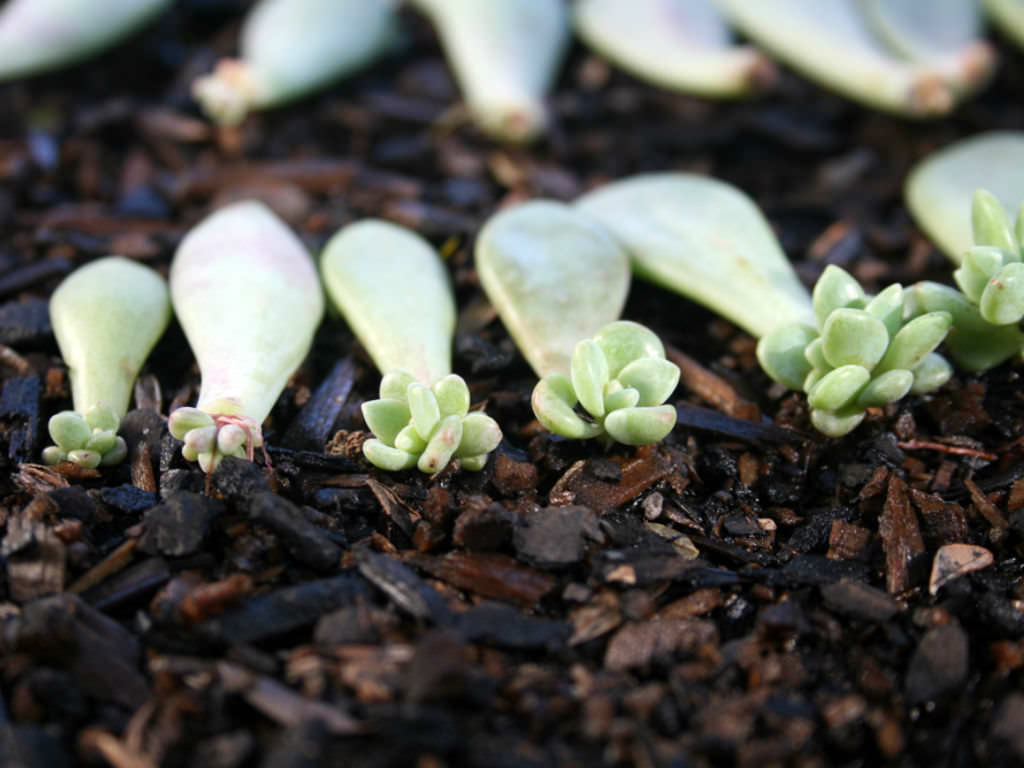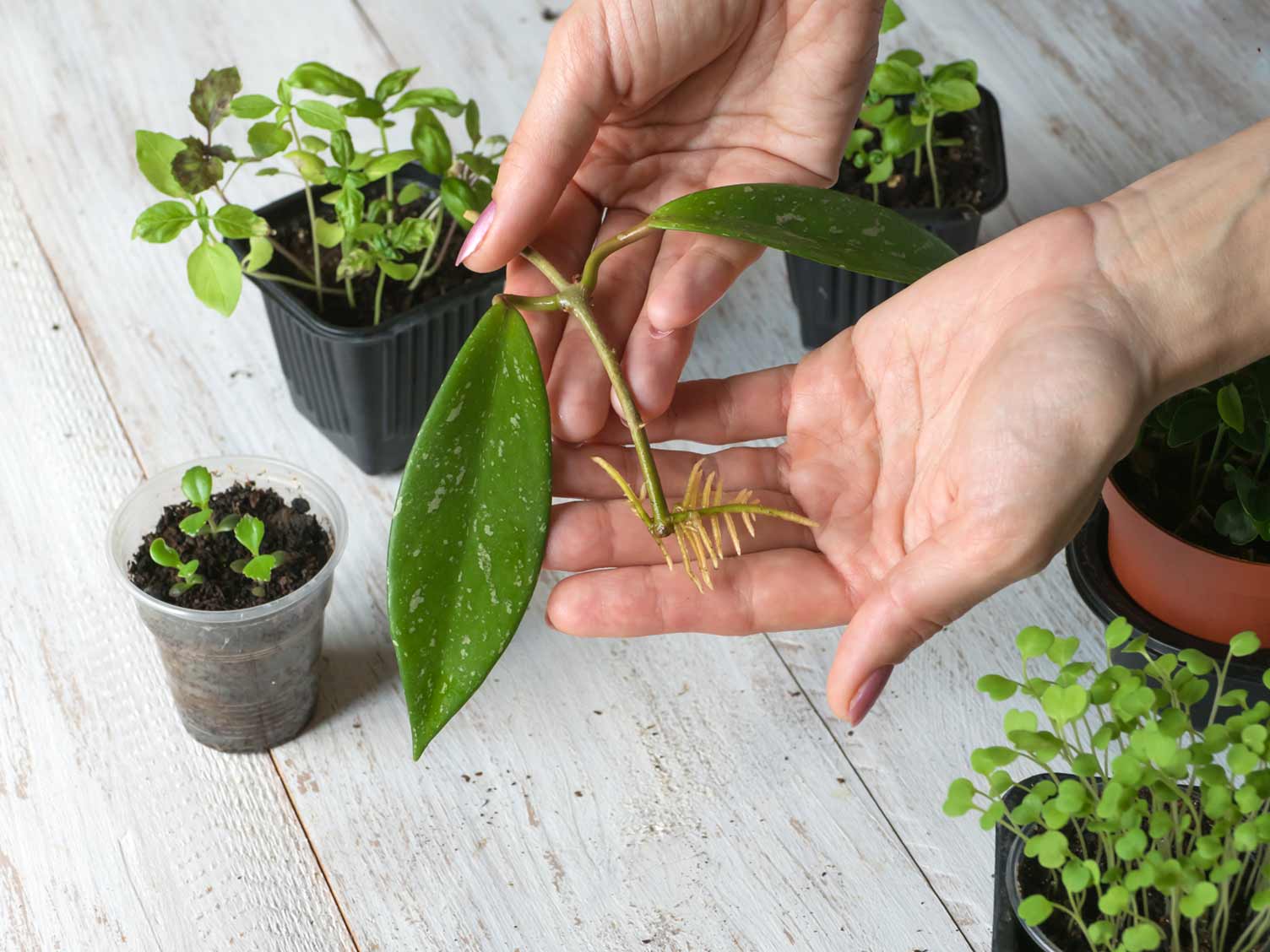How to Propagate Succulents from Cuttings: A Comprehensive Guide

Have you ever marveled at the resilience and beauty of succulents? These hardy plants are not only aesthetically pleasing but also incredibly easy to propagate. If you're looking to expand your succulent collection without breaking the bank, propagating succulents from cuttings is the way to go. In this guide, we'll walk you through the entire process, from selecting the right cuttings to nurturing them into thriving plants. Let's dive in!
Understanding Succulent Propagation Techniques
Before we get into the nitty-gritty, it's essential to understand the various succulent propagation techniques. Propagating succulents from cuttings is one of the most popular methods due to its simplicity and high success rate. This technique involves taking a cutting from a mature succulent and encouraging it to grow roots and eventually become a new plant.
Selecting the Right Cuttings
Choosing the right cuttings is crucial for successful propagation. Look for healthy, mature succulents with vibrant leaves and stems. Avoid taking cuttings from plants that show signs of disease or stress. The best time to take cuttings is during the growing season, typically spring or summer.
Types of Cuttings
There are two main types of cuttings you can use for propagation:
- Leaf Cuttings: These are individual leaves taken from the succulent. This method is commonly used for plants like Echeveria and Sedum.
- Stem Cuttings: These are sections of the stem with a few leaves attached. This method is suitable for plants like Aloe and Crassula.
Preparing Your Cuttings
Once you've selected your cuttings, it's time to prepare them for propagation. Here's a step-by-step guide:
- Remove the Cutting: Using a sharp, clean pair of scissors or a knife, carefully remove the cutting from the parent plant. For leaf cuttings, gently twist the leaf off the stem.
- Allow to Callus: Place the cuttings in a dry, shady spot for a few days to allow the cut end to callus over. This step is crucial as it prevents the cutting from rotting.
- Prepare the Soil: While your cuttings are callusing, prepare a well-draining soil mix. You can use a commercial cactus mix or create your own by combining equal parts of perlite, coarse sand, and potting soil.
Planting Your Cuttings
Now that your cuttings are ready, it's time to plant them. Here's how:
- Fill a Container: Fill a shallow container with your prepared soil mix. Ensure the container has drainage holes to prevent waterlogging.
- Plant the Cuttings: For leaf cuttings, place the leaf flat on the soil surface. For stem cuttings, insert the callused end into the soil, ensuring it stands upright.
- Water Lightly: Gently mist the soil with water. Avoid overwatering as this can cause the cuttings to rot.
Caring for Your Cuttings
Caring for your cuttings is a delicate process that requires patience and attention. Here are some tips to help you along the way:
Light and Temperature
Place your cuttings in a bright, indirect light. Direct sunlight can scorch the delicate cuttings. Maintain a consistent temperature between 65°F and 75°F (18°C to 24°C).
Watering
Water your cuttings sparingly. The soil should be slightly moist but not soggy. Allow the soil to dry out between waterings. Overwatering is a common mistake that can lead to root rot.
Humidity
Maintain a moderate level of humidity. You can create a humid environment by placing a clear plastic bag over the container, ensuring it doesn't touch the cuttings. This creates a mini greenhouse effect.
Rooting Succulents
Rooting succulents from cuttings can take anywhere from a few weeks to a few months, depending on the species and growing conditions. Here's what to expect:
- Initial Growth: The first sign of growth is usually the appearance of tiny roots or new leaves. This indicates that the cutting is successfully rooting.
- Transplanting: Once the cutting has developed a robust root system, it's time to transplant it into a larger pot. Use a well-draining soil mix and ensure the pot has drainage holes.
Growing Succulents from Cuttings: Tips and Tricks
Propagating succulents from cuttings is a rewarding experience, but it's not without its challenges. Here are some tips and tricks to help you succeed:
- Be Patient: Propagation can take time. Don't be discouraged if you don't see immediate results.
- Monitor for Pests: Keep an eye out for pests like mealybugs and aphids. These can quickly infest your cuttings and hinder their growth.
- Avoid Overcrowding: Ensure your cuttings have enough space to grow. Overcrowding can lead to competition for resources and stunted growth.
Conclusion
Propagating succulents from cuttings is a fun and rewarding way to expand your plant collection. With the right techniques and a little patience, you can turn a single cutting into a thriving succulent garden. Remember, the key to successful propagation lies in selecting healthy cuttings, providing the right growing conditions, and offering consistent care.
So, are you ready to embark on this green-thumbed adventure? Grab your scissors, prepare your soil, and let the propagation begin!
FAQs
How long does it take for succulent cuttings to root?
- The time it takes for succulent cuttings to root can vary depending on the species and growing conditions. Generally, it can take anywhere from a few weeks to a few months.
What is the best time of year to propagate succulents?
- The best time to propagate succulents is during their growing season, typically spring or summer. This is when the plants are actively growing and more likely to root successfully.
Can I propagate succulents in water?
- While some succulents can be propagated in water, it's generally more successful to propagate them in soil. Water propagation can increase the risk of root rot.
How often should I water my succulent cuttings?
- Water your succulent cuttings sparingly. The soil should be slightly moist but not soggy. Allow the soil to dry out between waterings to prevent root rot.
What should I do if my succulent cuttings start to rot?
- If your succulent cuttings start to rot, remove them from the soil immediately. Cut away any rotten parts and allow the cutting to callus over again before replanting in fresh, well-draining soil.


By following these steps and tips, you'll be well on your way to successfully propagating succulents from cuttings. Happy growing!
0 Response to "How to Propagate Succulents from Cuttings: A Comprehensive Guide"
Post a Comment